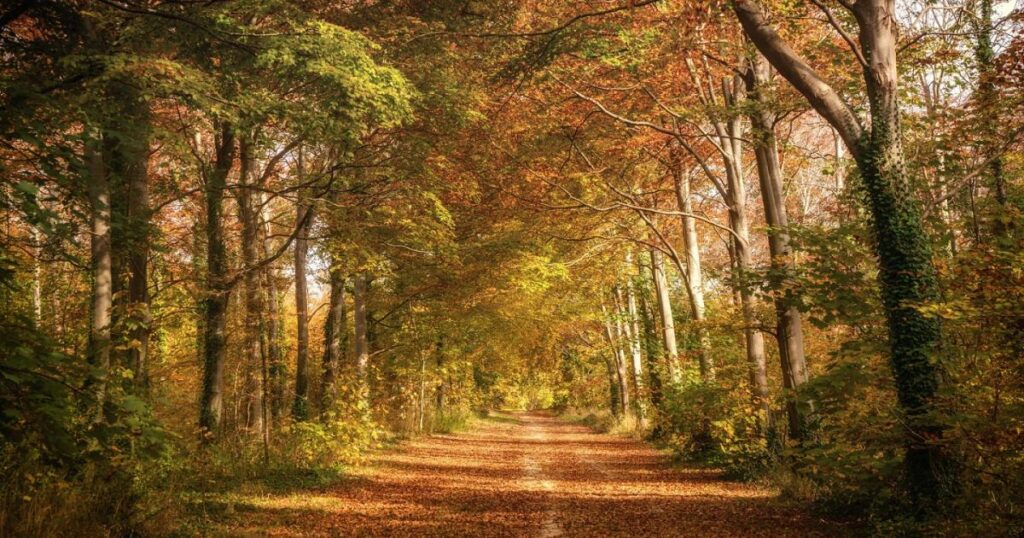Some 20,294 trees will be planted alongside a woodland the size of five football pitches at the South Downs National Park across Sussex and Hampshire over the coming months.
Among the efforts it is hoped to restore “majestic” English elms to the land destroyed by disease by planting 400 new disease-resistant elm trees, which are key to supporting insect and butterfly species, the park said.

The project began five years ago led by the park’s official charity, the South Downs National Park Trust.
National park countryside and policy manager Nick Heasman said: “Trees provide clean air for us to breathe, enrich our soils, provide a vital habitat for wildlife and, crucially, are amazing carbon capturers.
“However, the amazing treescape that makes up almost a quarter of the South Downs National Park and is a vital resource for the entire South East is under unprecedented threat from pests and diseases, as well as climate change.
Read more: Restaurant bosses ‘struggling’ as pier repairs delayed
“Increasing the number and diversity of our native trees, and carefully introducing new species into the landscape, is going to be a big help in responding to all these threats and help to reverse biodiversity loss.”
A mix of disease-resistant elm trees and native species including oak and black poplar are being planted across sites including schools, farms, recreation grounds and historic parks.
Early signs of success are being seen as green shoots are emerging where trees have been planted over the last five years, as well as a new corridor of elms providing refuges for wildlife near Wilmington, near Polegate.

Landowner Alison Cotton said: “Protecting this area has had a noticeable effect on wildlife, with large ant mounds developing in the long tussocky grass, blackthorn scrub spreading in from the boundary and oak seedlings proliferating.
“Badgers, small mammals and birds of prey have been seen in the area.”
The South Downs National Park Trust is inviting landowners and managers to help reach the 100,000 target by expressing an interest in tree planting for next winter.
The Trees for the Downs project is one part of the park’s ReNature campaign to transform 13,000 hectares of land, the equivalent of 20,000 football pitches, into habitat or wildlife by 2030.
Source link
[Featured]
[Just In]



